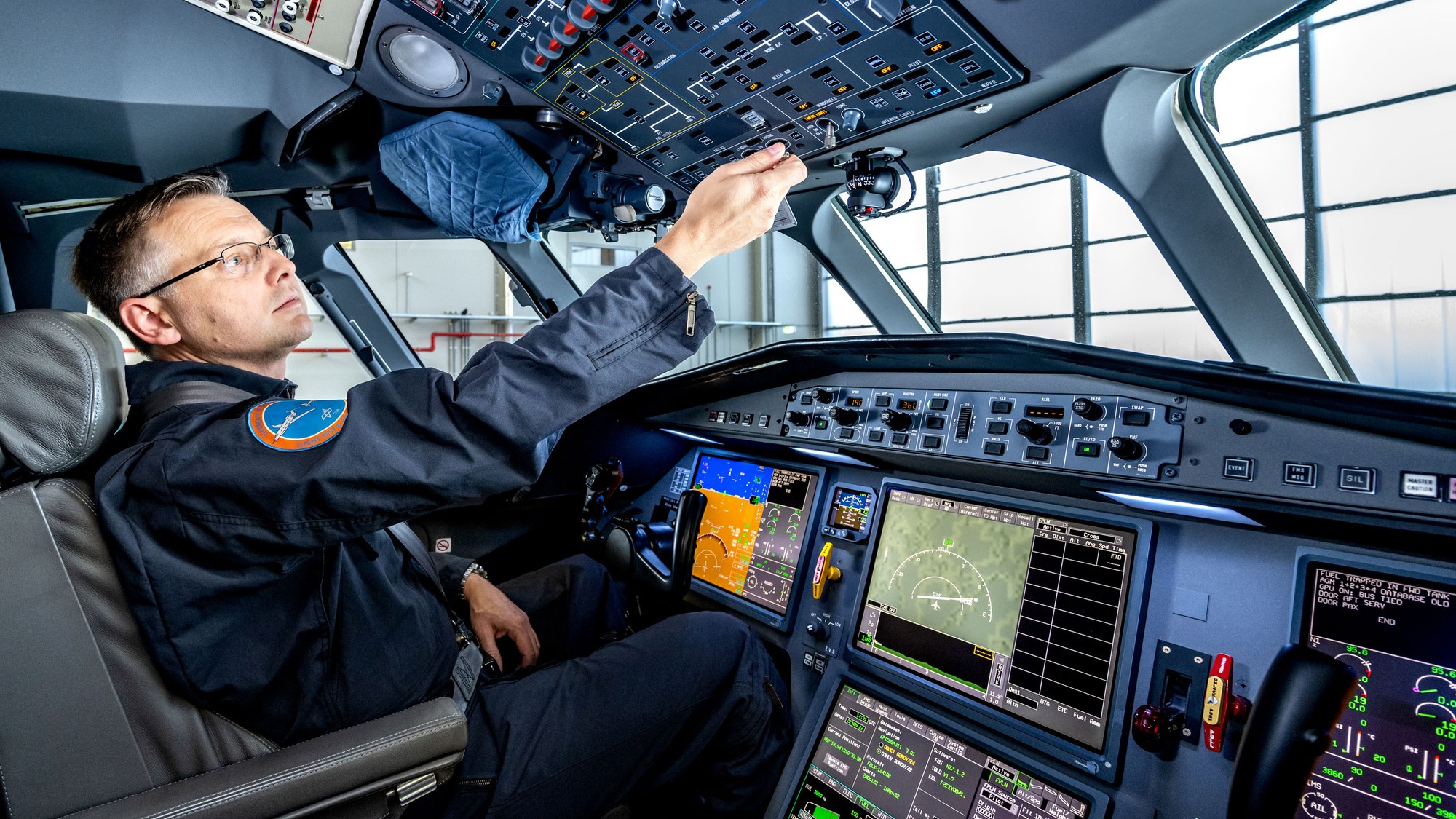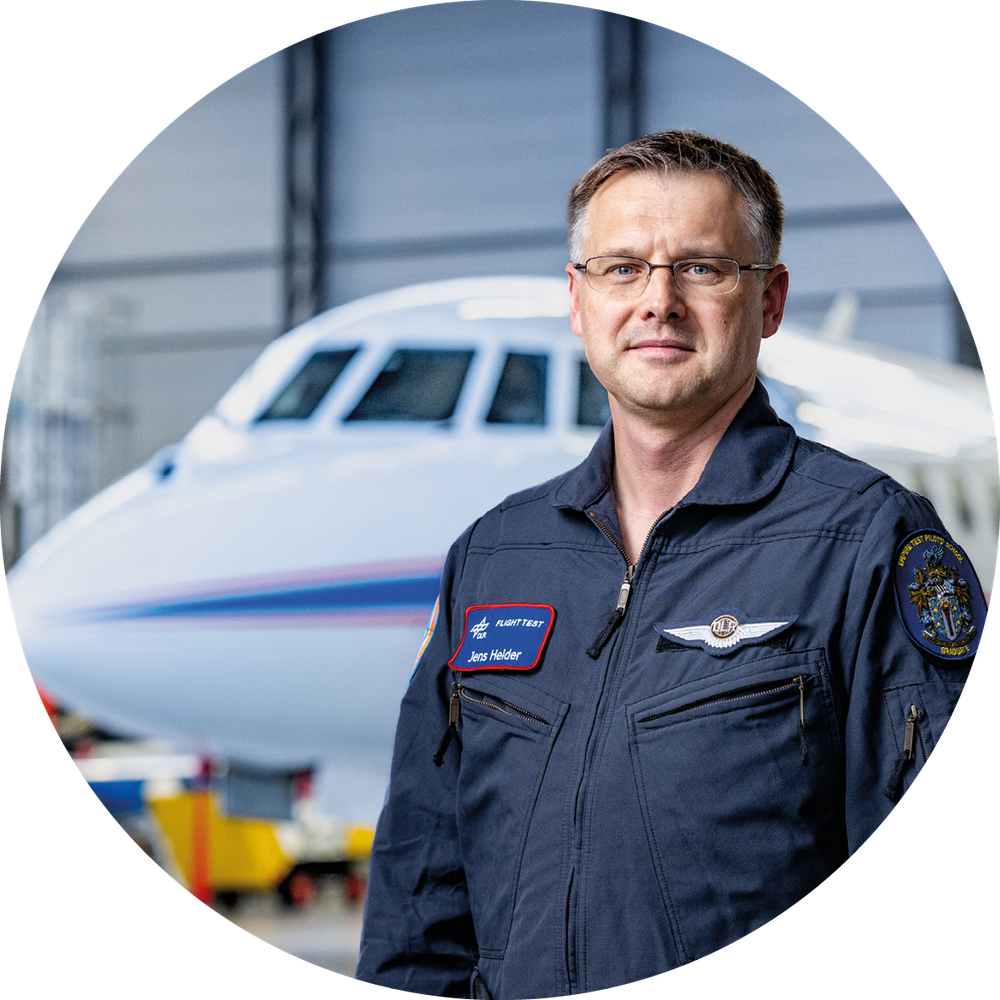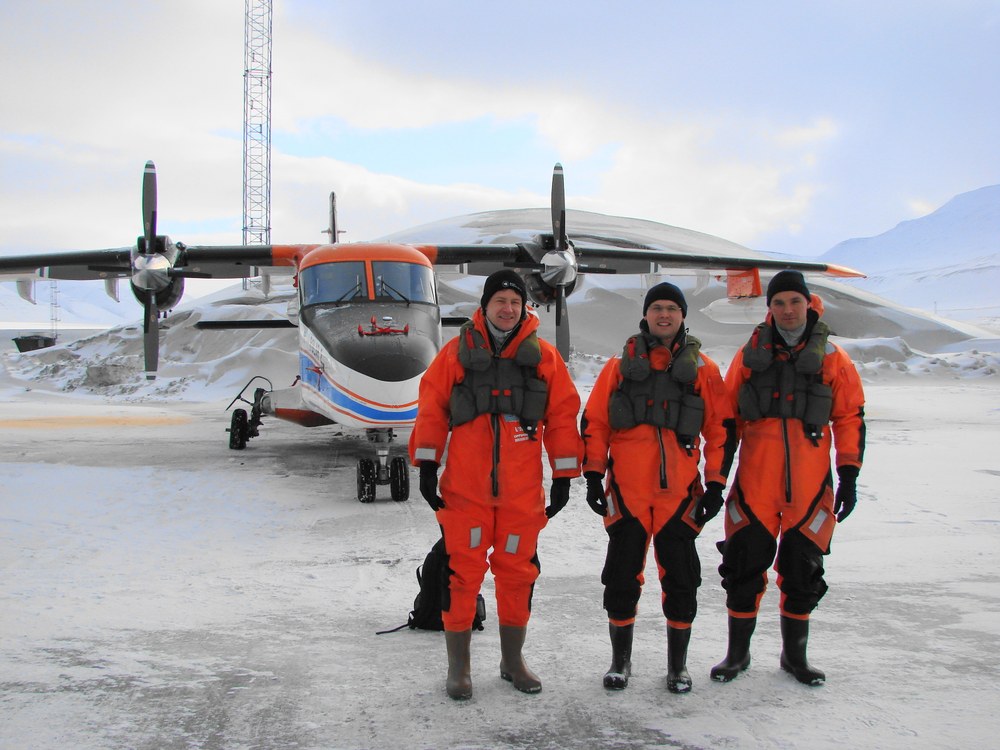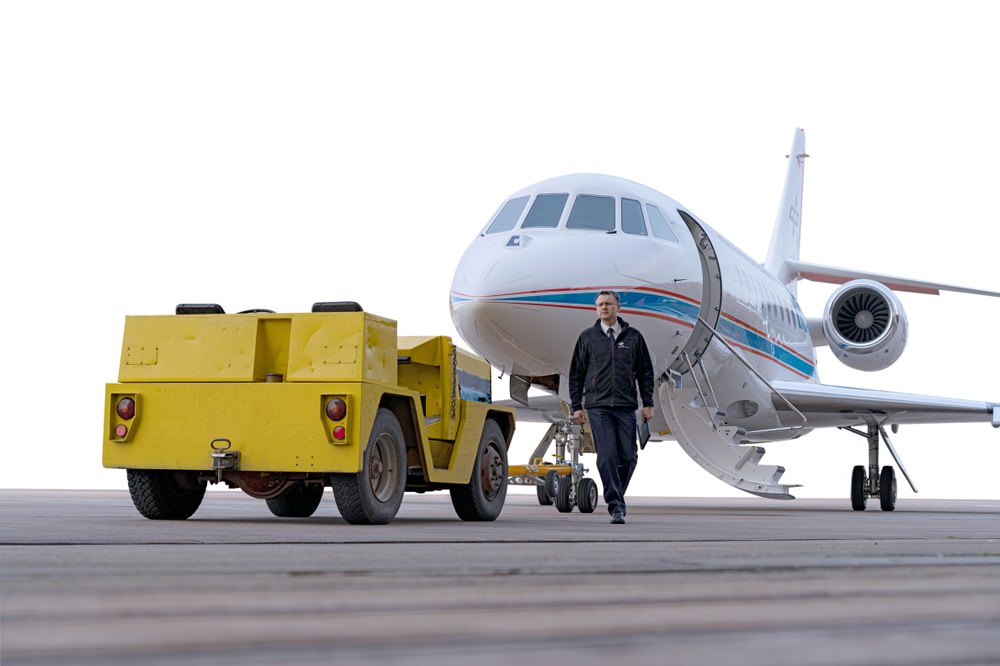An airborne all-rounder

Flying in the exhaust stream of another aircraft, circling in tight loops over an airfield to measure aircraft noise, and taking off and landing again and again to test assistance systems … all this might sound like a nightmare for anyone with aerophobia, but it is Jens Heider's passion. Jens is a test pilot at DLR's Flight Experiments facility in Braunschweig and flies the research aircraft on their missions. Here he talks about how he got this extraordinary job, the challenges it involves and how much he lives up to the pilot stereotype.

How does someone become a test pilot?
: There is no one path to qualification. The majority of people working as test pilots originally served in the military. But some of us have a civil aviation background, as is my case. To be honest, there is a lot of luck involved – being in the right place at the right time. But it is also about having a vision of what you want to do and the drive to go into this field. In the end, there are no guarantees of success.
And how did you end up at DLR? Was getting in here easier than the selection process to become a test pilot?
: Luck was involved here, too. I finished my university studies in Bremen and my pilot training in 2003/2004. At that time, I was keen to join the regional division of a well-known German airline. But the job market was flat back then, with hiring freezes across the group. My diploma thesis supervisor put me in touch with DLR. There was a vacancy at the Institute of Flight Systems that sounded very interesting, and I thought it might be a good fit. I applied and finally joined DLR in 2004. Soon after I got there, I realised I was more drawn towards aviation, so in 2006 I applied for a post in flight operations. I was lucky enough to get the job.
Do you live up to any of the stereotypes about pilots?
: Well, I wear sunglasses if it is sunny when I am flying. But that has nothing to do with the stereotype – it is just too bright otherwise.
You are a qualified flight systems engineer, so in addition to working on the flight deck, you also look after flight operations. DLR's aircraft undergo frequent modifications. The systems are also approved via DLR. What else do you do?
: I have a very broad range of tasks. In addition to the assignments you mentioned, I am involved in discussions with researchers at an early stage about the expectations and requirements for their experiments. We work to establish what needs to be modified or installed on the aircraft or helicopter and how the flight tests should be planned. Most pilots and flight test engineers have several roles and also play an active part in development or testing. Our pilots need to have a degree, as they have to cover all the bases.
What kind of degree do people need to have to work here?
: A technical degree is preferred, ideally in aerospace engineering or aeronautical systems engineering. But we also have people who have studied computer science or another scientific discipline.
You have been working on the flight deck of DLR aircraft since 2006, so you have certainly experienced a lot. What has been the highlight?
: That is a tough question, as there have been many great moments. One was definitely the flight measurement campaign led by the Alfred Wegener Institute, which took us to Spitsbergen for six weeks. Flying over the ice and the surrounding sea was impressive, but it also makes me sad to think how little the waters in that area freeze over now.

Let us look to the future. What are you working on right now? And is there anything that you are particularly looking forward to?
: One major development is the ISTAR in Braunschweig. DLR has had this aircraft since early 2021. We have already modified it to the point where we can record the flight data immediately. We are currently installing a nose pylon – a measurement probe attached directly to the nose of the aircraft to measure the parameters of the airflow there with as little disturbance as possible. We have just installed an experimental autopilot system in our Dornier Do228 with the objective of testing the functionalities of pilotless aircraft, among other things. One overarching area that also comes into play in Oberpfaffenhofen is electric flight. DLR recently bought another Dornier 228 with the goal of replacing one of the engines with an electric motor and being able to power it via a fuel cell within the next few years. But when it comes to those sorts of long-term projects, we are talking about a time horizon of at least five years.
Thank you for giving us this insight into your day-to-day work and a glimpse of what is to come!

DLR Flight Experiments facility
With ten aircraft and helicopters, DLR's Flight Experiments facility operates the largest civilian fleet of research aircraft in Europe. The facility assists internal and external users with planning and conducting their experiments. These flight experiments either use the aircraft as a carrier for scientific instruments or as a subject of research in its own right.
The interview was conducted by Daniel Beckmann, who works in the Corporate Communications Department at DLR and hosts DLR's German-language
FORSCHtellungsgespräch podcast. This article is from the DLRmagazine 172.
